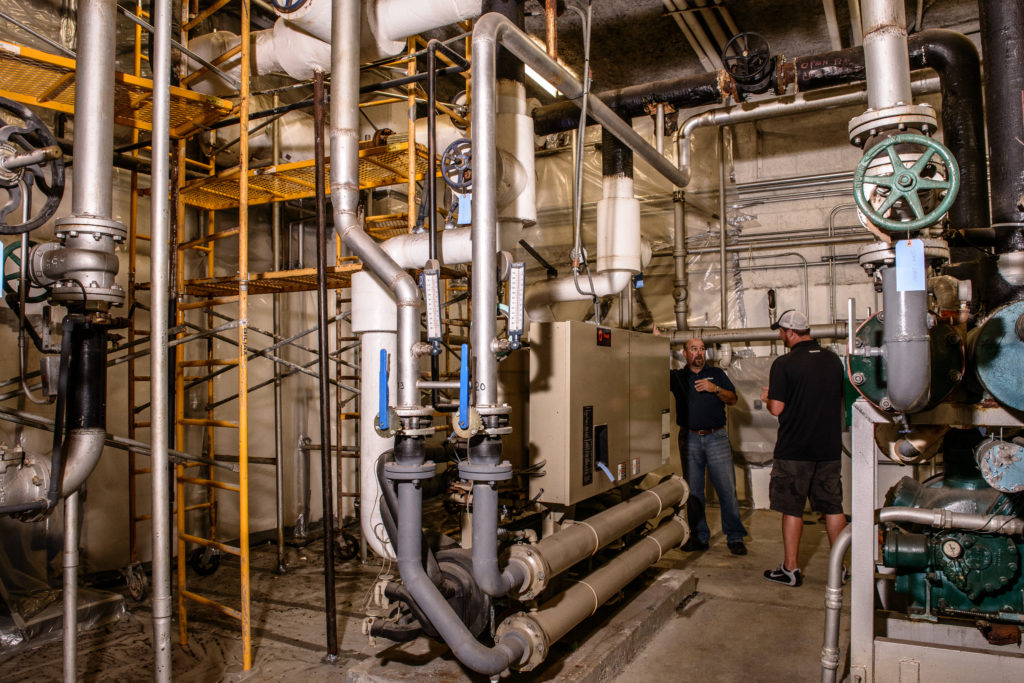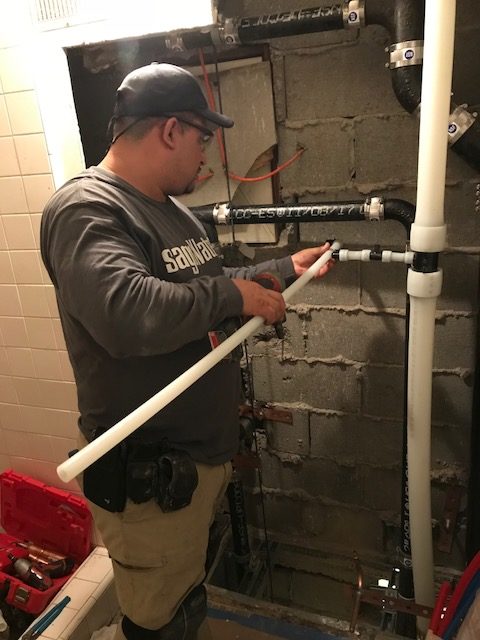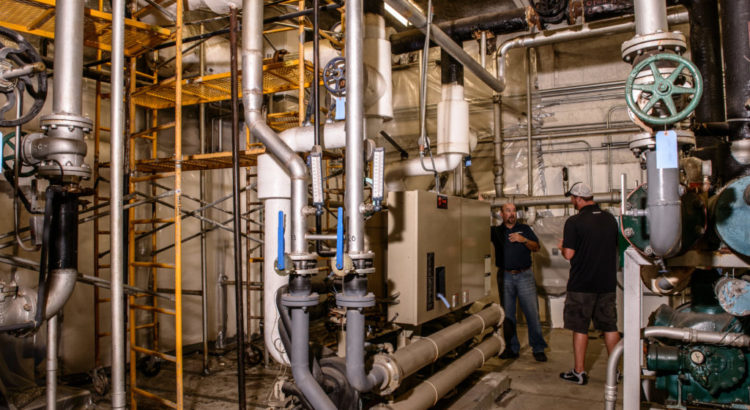The Do’s and Don’ts of Scheduling A Repipe
Congratulations, you have finally made the decision to repipe your community! Now, the first question you are likely to get is, “When will work occur in my unit?” While making the decision to repipe your community generates questions about need, timing, cost, and selecting a contractor, as soon as the decision is made, a whole new set of questions arises about the work: When will they be in my unit? For how long? Do I need to move out? How long will the water be off? What about my stuff? My kids? My pets?
All of these are very important and valid questions, but they need to be answered at the right time to be helpful and meaningful. After 30 years of experience in the industry, we can safely say that telling everyone, everything they need to know when the project starts is not the best communications strategy. The reality is that replacing all the pipe across an entire community takes time. If you attempt to tell everyone what they need to know on the first day, those whose units are not being repiped for months or years will have completely forgotten everything they heard at the beginning, including the schedule, which will change as your contractor learns the building and becomes more efficient. Recurring communication is essential to ensuring your project runs smoothly, and nowhere is this more important than when communicating the project schedule.
The “Discovery” Phase of the Project
 The beginning of any repipe project is truly a “discovery” phase. At the start of every pipe replacement project, there are always some unknowns as it’s simply not possible, or cost effective, to do destructive testing in each and every unit to verify conditions. It’s not until you actually cut into the walls and start replacing pipe that you can confirm exactly where everything is concealed behind the walls. Having an accurate and complete set of drawings created for the project helps reduce the chance of encountering unexpected conditions, but there is a point of diminishing returns on how much time and money is spent verifying the accuracy of the current piping system.
The beginning of any repipe project is truly a “discovery” phase. At the start of every pipe replacement project, there are always some unknowns as it’s simply not possible, or cost effective, to do destructive testing in each and every unit to verify conditions. It’s not until you actually cut into the walls and start replacing pipe that you can confirm exactly where everything is concealed behind the walls. Having an accurate and complete set of drawings created for the project helps reduce the chance of encountering unexpected conditions, but there is a point of diminishing returns on how much time and money is spent verifying the accuracy of the current piping system.
In practice, this means the work in the first unit is likely to be the slowest, with the repipe team gaining speed as they learn the building(s). But depending on the building layout, number of unit styles, how units “stack” (e.g., are all the floorplans in a vertical tier the same, or do they change from floor to floor?) there can be new discovery periods and learning required as the repipe team moves through the community. Ultimately, this means that the work will naturally ebb and flow, with some phases moving faster, while others may take a longer. While the time to complete the entire project won’t necessarily change, the time to complete a tier or type of unit will certainly change, most often compressing as learnings from the discovery phase are implemented.
Unforeseen Conditions and Uncontrollable Circumstances
Repiping is like a box of chocolates, you never know what you are going to find until you actually cut open the walls. Depending on what’s there, it can cause temporary delays in the schedule. Find black mold – stop work and get it remediated. Find pipe in the wrong place – stop work and get clarification on where the pipe should be re-located. Find improper firestopping – stop work and get guidance on what needs to be done to bring the condition up to code. Find unsafe wiring – stop work until it’s fixed. While some of these may be minor conditions that can be solved within a few hours and not impact the schedule, others could push the work by a day, or more. Reshuffling and rebuilding a multi-year project schedule every time an unforeseen condition is encountered during the project is simply impractical. The bottom line is that the schedule is a living, breathing timeline that is constantly in motion.
In addition to unforeseen conditions encountered behind the walls, there are uncontrollable circumstances beyond your contractor’s control: weather related delays, inspectors who call in sick, elevator break-downs and more, all of which can impact the schedule in unexpected ways.
 Sequencing vs. Scheduling
Sequencing vs. Scheduling
In order to estimate your job, the contractor had to have a sense of how long the work would take, and likely provided an overall timeline as part of their proposal. But the reality is that those hypothetical timelines were based on a straight-line estimate of how long it would take to complete work in each unit, without any regard to acceleration as the contractor learns the building and becomes more efficient, or deceleration as a result of encountering unexpected conditions.
While at first it may seem helpful to publish a complete project schedule at the outset of the project to the entire community, our experience has shown this does more harm than good. You can guarantee it will contain inaccurate information the moment it is published, and it typically causes confusion and uncertainty when it is modified and re-released every time something changes. And as previously stated, residents don’t retain information for very long, so it’s not relevant to them until a few weeks before work starts in their unit.
For longer-term projects, it can be helpful to outline project sequencing. For example, it is helpful for a resident to know that the project will start in a particular building, or section of a building, and work will be completed across the community by address or in a top to bottom fashion, one tier at a time, rotating around the building in some logical manner. This provides residents insight at a high level (we’re likely to be in your unit next summer, or winter) without committing to exact dates that will change numerous times between now and then.
Best Practices
Best practices have proven that a rolling schedule, published 6-8 weeks in advance, is the most effective tool for managing resident/owner expectations and meeting their needs regarding what they need to know when. Communicating 6-8 weeks in advance ensures the optimal balance of providing ample lead-time for owners and residents to prepare; paired with the contractor’s ability to accurately pinpoint the exact days when work will take place in their unit.
Likewise, providing relevant communications such as notices about system shut-downs or where owners need to move their belongings, all need to occur at the right time in relation to the work scheduled for their unit. Tell someone too soon, and they will forget. Tell them too late, and they will be frustrated and unable to properly prepare.
In summary, informing individual unit owners about their particular unit’s schedule 30-45 days in advance, letting upcoming tiers know when they are next in the queue (60-90 days out), and providing general sequencing guidelines for the entire phase or project has proven the most effective method (and timeframe) for scheduling and communicating during a multi-year pipe replacement project.


